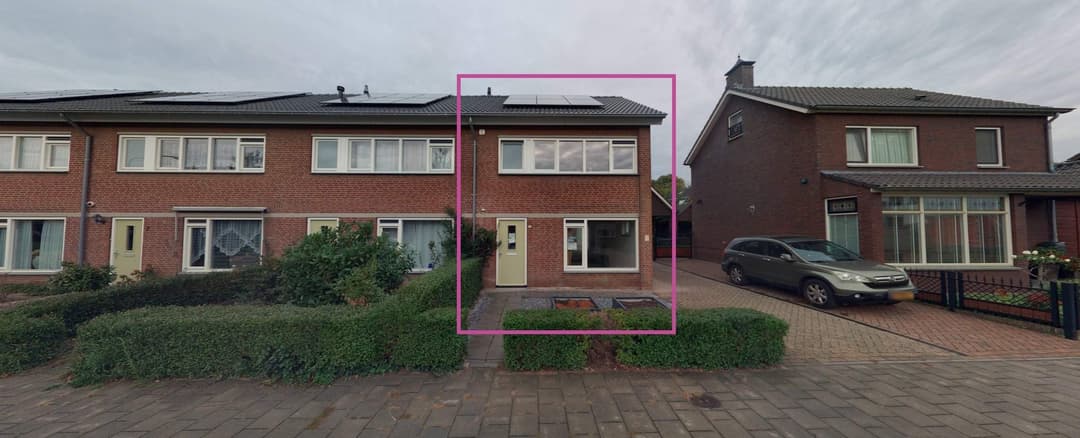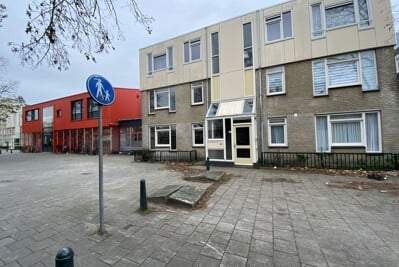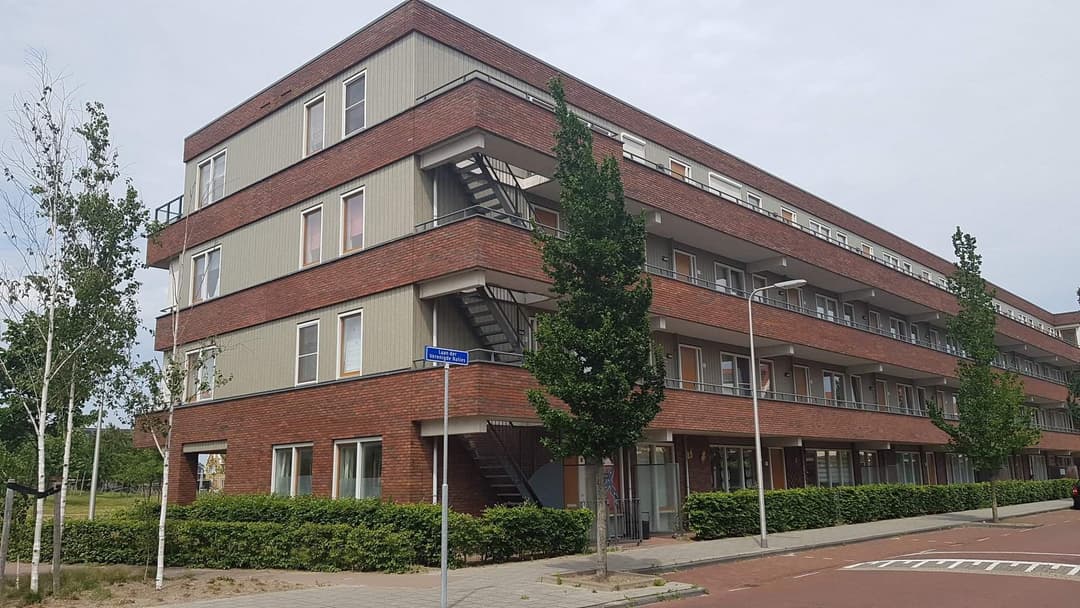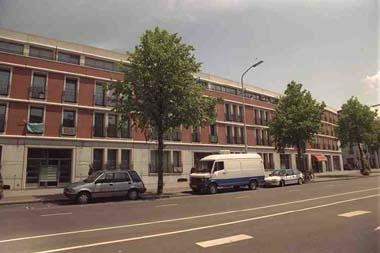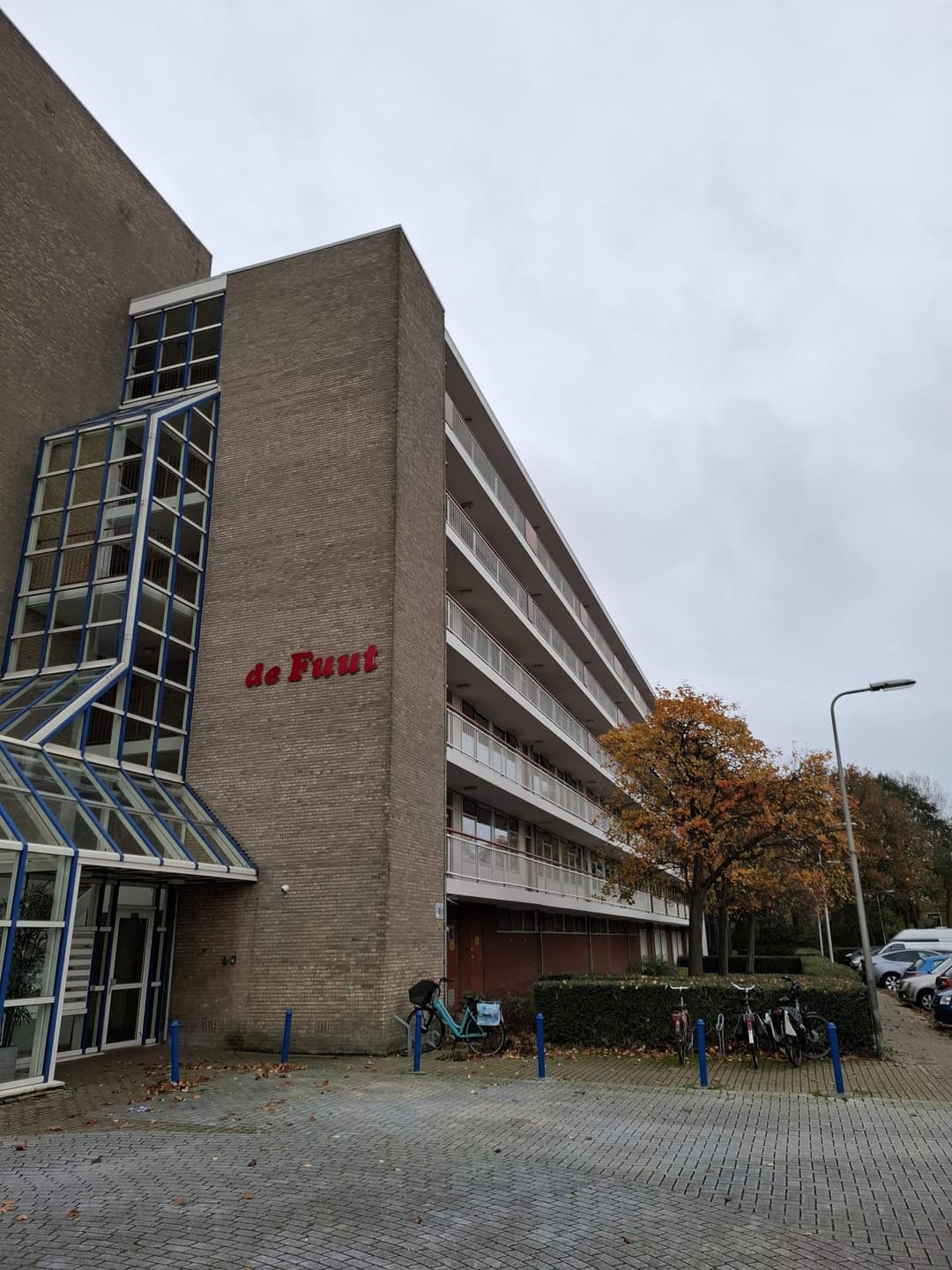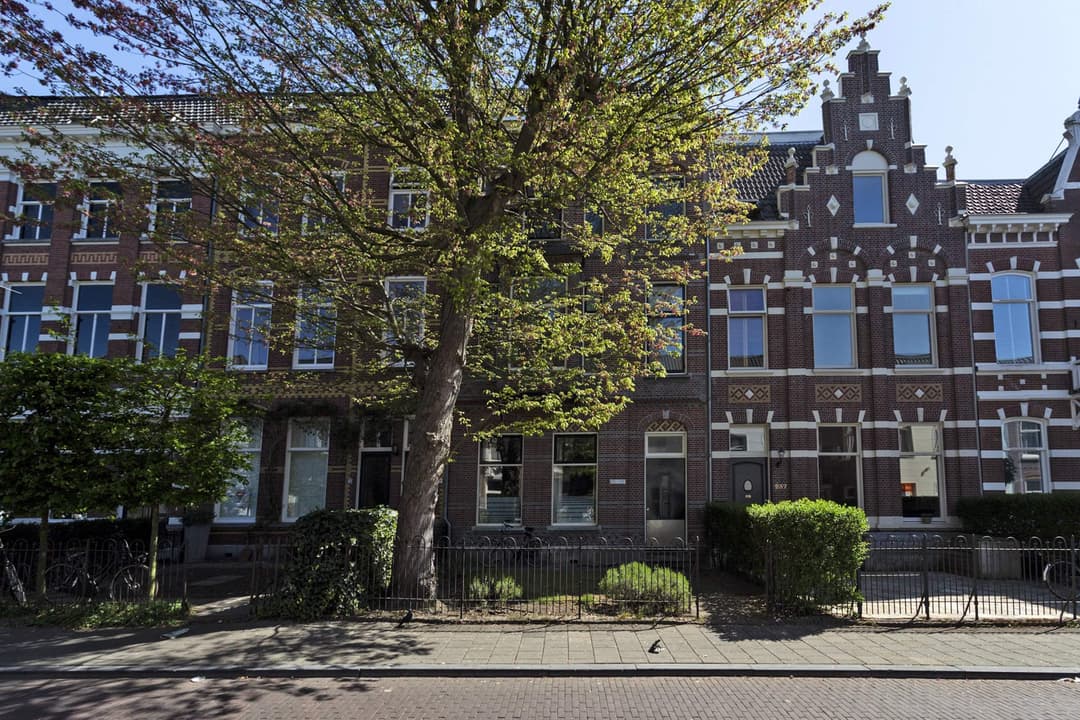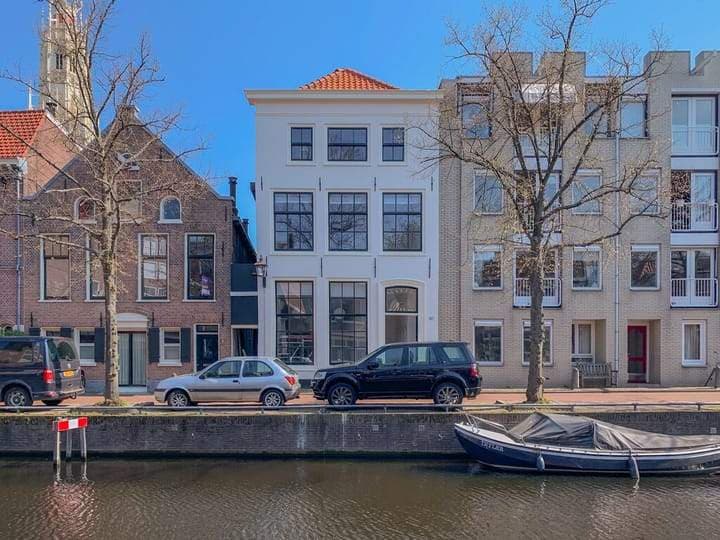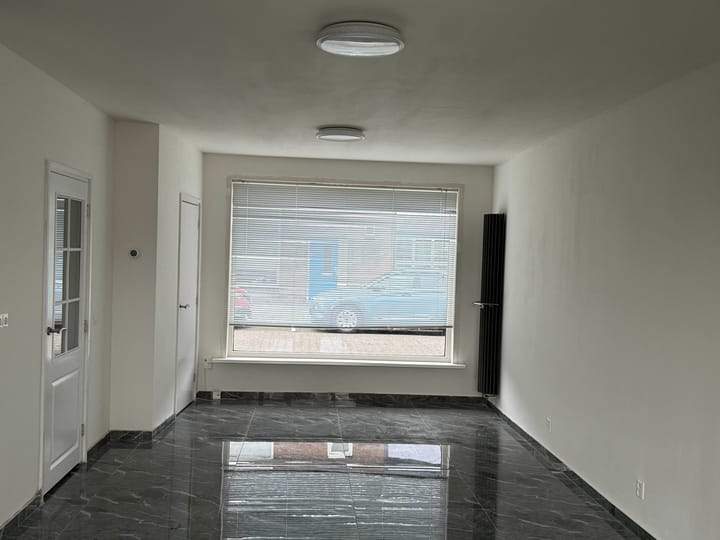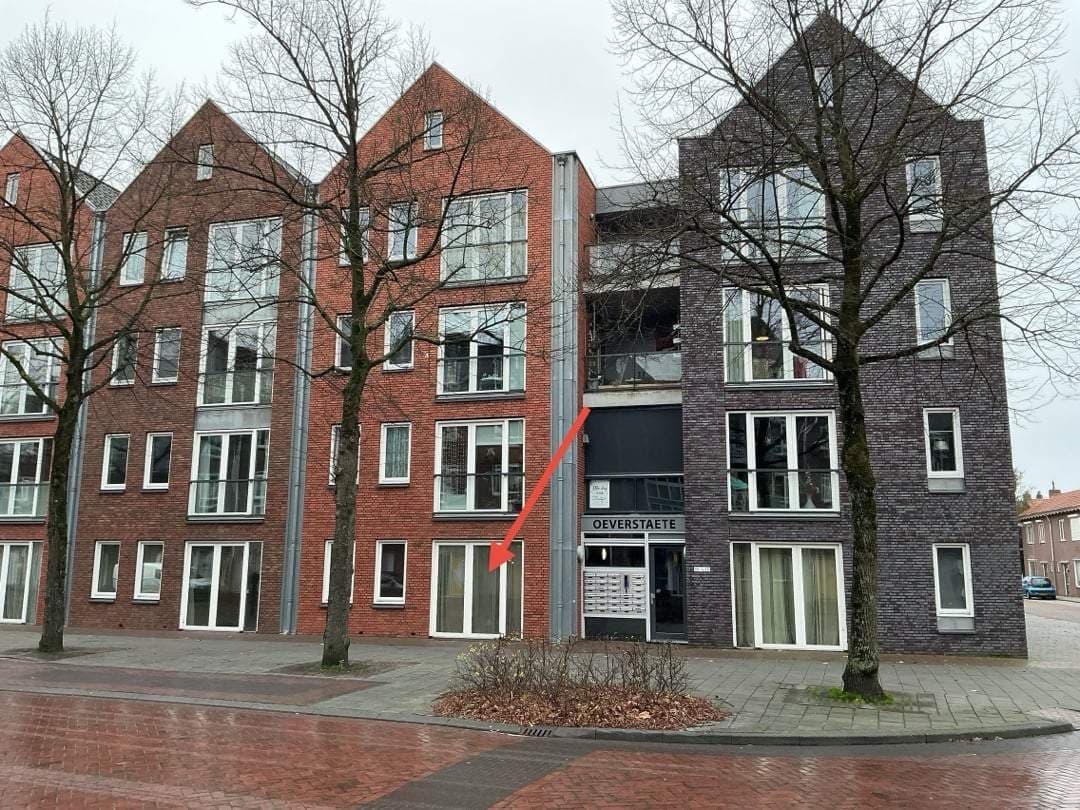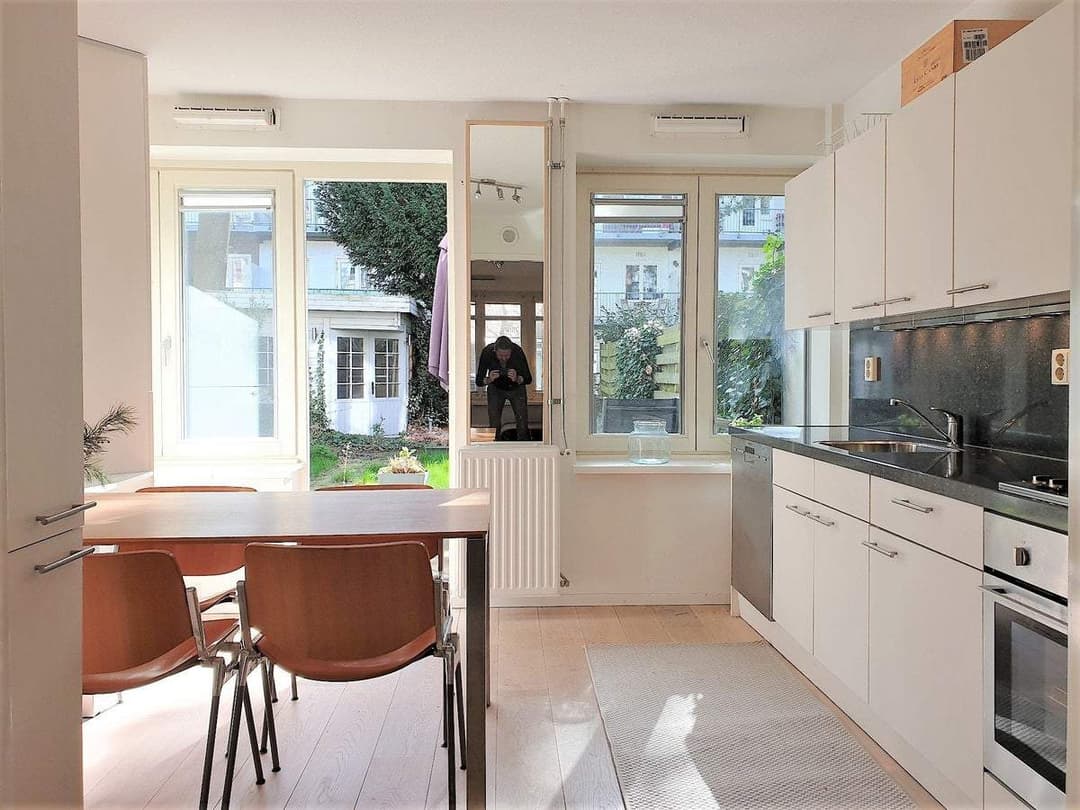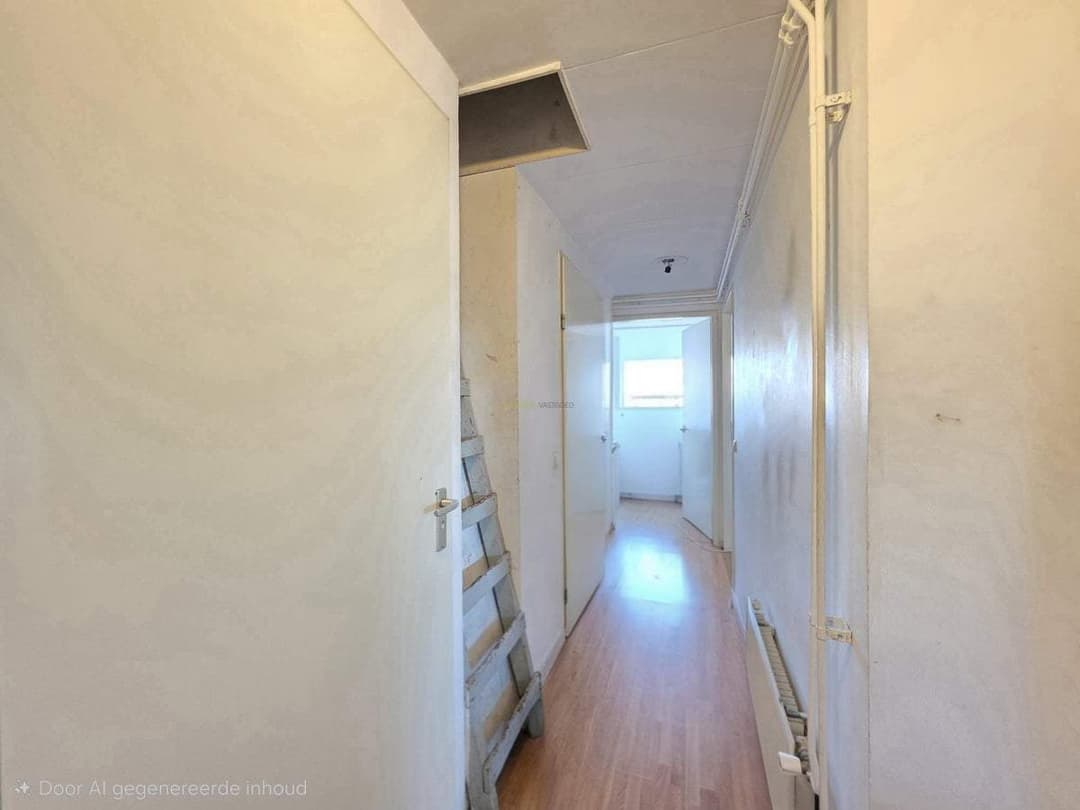Particulate Matter ≤10 µm (PM10) - Luntero
PM10 consists of coarse dust and soot particles small enough to enter the upper airways and cause irritation. These particles come from traffic, construction, agriculture, and even natural events like sea spray or dust storms. Elevated PM10 levels can reduce visibility, aggravate asthma and bronchitis, and coat buildings and vegetation with residue. Understanding PM10 levels helps cities manage emissions, plan construction activity, and improve air cleanliness for healthier communities.
Where does PM10 come from?
PM10 particles come from a mix of human and natural sources, including road traffic, construction sites, agriculture, and industrial activities. Non-exhaust emissions such as tire and brake wear or resuspended dust can significantly raise PM10 levels in busy cities. Natural inputs, like sea salt or long-range desert dust, also influence concentrations—especially during dry or windy conditions.
- Irritation of eyes and throat
- Coughing and congestion
- Asthma symptom worsening
- Bronchitis aggravation
- Reduced exercise capacity
- Haze and reduced visibility
- Surface soiling and dust
- Leaf and crop coating
- Soil and water deposition
- Ecosystem stress
Cities Monitoring PM10 Levels
Discover which Dutch cities actively monitor PM10 through official air quality stations. Each location provides real-time data that helps track pollution trends, identify hotspots, and improve public awareness. Click a city below to explore detailed measurements and see how air quality compares across the country.
Explore Other Air Quality Components
Air quality is influenced by more than just this pollutant. Explore other key components such as particulate matter (PM10 and PM2.5), ozone (O₃), nitrogen dioxide (NO₂), and the overall Dutch Air Quality Index (LKI). Each pollutant plays a different role — from traffic emissions to sunlight-driven reactions — shaping how clean the air feels and how it impacts health and the environment. Discover how these components interact and learn which pollutants matter most in your area.
Dutch and EU Air Quality Context
All air quality information on Luntero comes from Luchtmeetnet, the official Dutch air monitoring network operated under national and EU standards. This ensures that every measurement—whether for NO₂, PM, O₃, or the LKI index—is consistent, transparent, and comparable across the Netherlands and other European countries.
View Luchtmeetnet data sourceNewest Properties in the Netherlands
Explore the latest properties added to Luntero. Find new apartments, houses, and studios across the Netherlands — updated daily to help you discover your next home faster.
Quick links

LUNTERO
Find your way home in the Netherlands with 20,000+ rental listings at your fingertips!
Check out our other helpful apps:
Dutch rentals and housing platform
Netherlands rental guides
Dutch renting handbooks and checklists
Netherlands rental market data
Netherlands housing resources
Popular rental searches in the Netherlands


© 2025 Luntero. All rights reserved.





